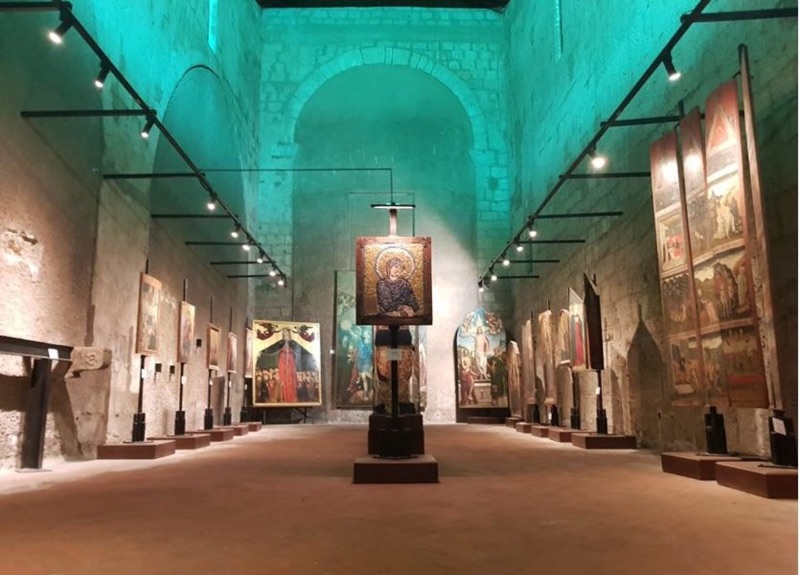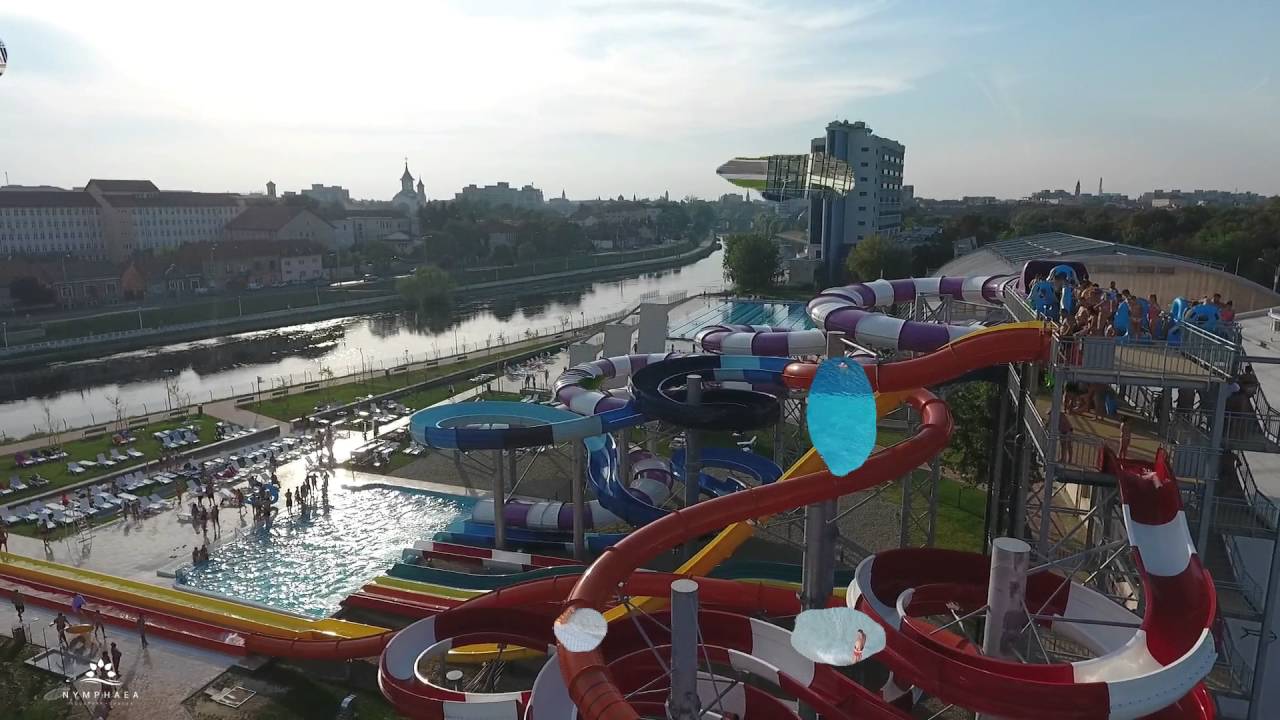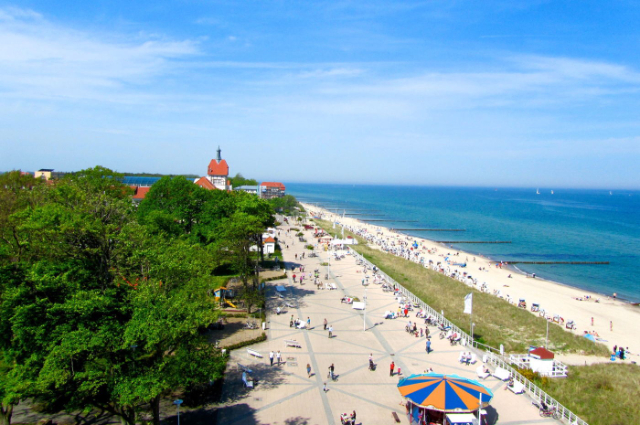Cremasque organ making art developed in the footsteps of the oldest organ making art in Brescia (Antegnati) and Bergamo (Serassi), starting from the end of the 18th century, when numerous schools and workshops flourished in the Cremasque territory.
The artisan production of the family-run workshops of Lingiardi, Franceschini, Inzoli and Tamburini went beyond national borders and spread to England, America and Japan.
Crema in fact boasts a tradition in the art of organ making that in the first half of the twentieth century reached international fame. The city is home to craft workshops that produce and restore organs and build organ pipes for the most famous organ makers, so much so that in the city there is a vocational training school for the construction and restoration of instruments.
Moreover Crema has given birth to important musicians such as Vincenzo Petrali, Giovanni Bottesini and Stefano Pavesi, who have produced sacred and profane compositions appreciated all over Europe.
In fact, the city’s municipality enhances the artistic handicraft sector with a museum section dedicated to it and created thanks to the support of Fondazione Cariplo and Fondazione Banca del Monte di Lombardia.
The visitor then has the opportunity to take a trip through two rooms that the Civic Museum of Crema has allocated to the organ making tradition.
The first room of the museum focuses on the achievements, i.e. the instruments, the organ pipes and also on the protagonists of this handicraft production, such as the cases dedicated to the figure of Pacifico Inzoli. The exhibition itinerary in the first room has been conceived with younger visitors in mind, for whom a multimedia instrument reminiscent of an organ complete with double keyboard has been designed. It allows visitors to "navigate" through the world of organs and the professional figures that revolve around this instrument.
In the second room a craftsman’s workshop is rebuilt. The path allows the visitor to know the different phases of the construction of an organ starting from the manufacture of the pipes to the final test of the instrument.













